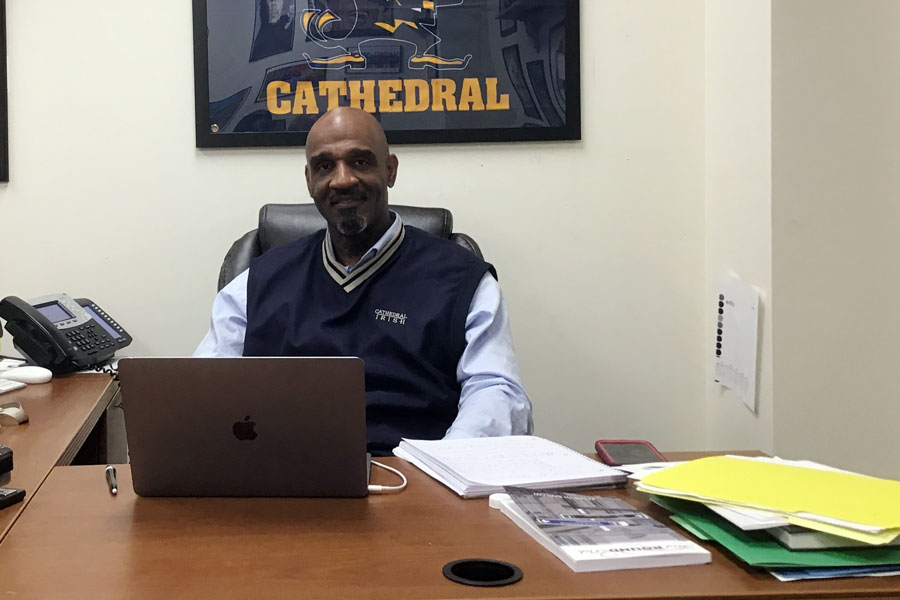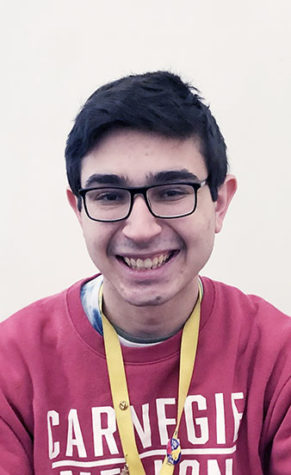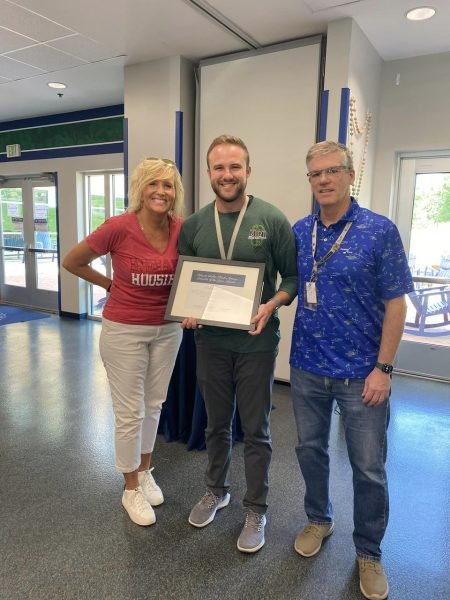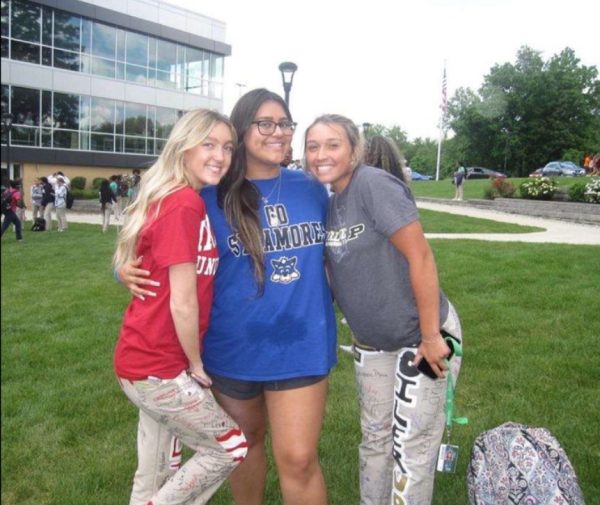Cathedral continues its focus on diversity
Supreme Court will hear affirmative action case
Mr. Ken Barlow ’82 provided his perspective on his alma mater’s ongoing efforts to ensure inclusion and diversity.
If the Supreme Court changes the process colleges can use to determine college admissions, students of color on the Hill and throughout the nation could be affected.
The United States Supreme Court has announced that it once again would review the legality of educational affirmative action in the case Students for Fair Admissions, Inc. v. University of North Carolina. Affirmative action, according to the Cornell Legal Information Institute, is a practice used by some organizations and institutions to remedy the effects of past discrimination and promote diversity, giving certain groups preference in admissions.
While diversity at the college level is being explored in the high courts, the Megaphone is taking a deep dive into this multifaceted topic with Mr. Ken Barlow ‘82, vice president for community relations and diversity and Mrs. Anna Taul, the school’s director of admissions.
According to Barlow and Taul, who work closely together, Cathedral has made great progress over the last several years regarding the pursuit of a robust and diverse group of students. Much of that is through continued contact with community organizations. “We do a lot of outreach to ensure that we are staying true to our Holy Cross core value of inclusivity and diversity,” Barlow said.
A handful of the Hill’s myriad local partners include the Center for Leadership Development, the Indiana Latino Institute, ACE Academies, the Urban League and the Indiana Black and Latino expos. “That’s just touching the surface,” said Barlow, who added that he, Taul and their teams usually sponsor booth space, host tables or speak at these events.
However, in addition to pre-admission visibility, Barlow and Taul also have made a concerted effort to be intentional about inclusivity during students’ actual time on the Hill.
Taul said, “Connected to our Holy Cross mission, we are always trying to think of ways we can better connect to all of our families, especially those who are new to a Catholic education (or) those coming from a background that would make them feel uncomfortable or not as familiar.”
Barlow cited initiatives that aid in this educational connection, including the observance of Día de Los Muertos last fall and the annual Black History and multicultural assemblies.
The two have even taken active steps to tear down language barriers for students. “Some of our literature and documentations are now bilingual, in Spanish and English, to be more welcoming,” Barlow said. The overarching goal here, he said, is “to make all our communities here feel that we’re celebrating them, that we’re including them, that they feel welcome.”
Adding to this concept of persistent inclusion, Barlow and Taul give students opportunities to take charge of diversity themselves.
“We try to lean on some of the student leaders from our (affinity clubs),” Taul said. Organizations such as the Black, Latino and Asian student unions as well as Girl Up and EMBRACE Club offer students opportunities to rejoice in their culture.
“One of our more recent pushes has been our Listen, Learn and Love Workshops,” Barlow said. These workshops help students discuss controversial or sensitive topics in a supportive environment. “The first one we hosted was really around the racial unrest that we were having in our country, and we wanted to listen, we wanted to express love to one another, we wanted to learn what Cathedral could do to better empower our African-American community,” he said.
In future years, Barlow believes that people should strive to look at diversity differently. “A lot of people get hung up on race, but diversity is much more than race,” he said. “That’s an important point that people need to understand.” Barlow said that he wants to see continual growth of the curriculum, highlighting many different kinds of stories.
For Taul, who was the first in her family to attend college, this mission is personal. She wants to see continued dedication to scholarship opportunities for students, opening the doors to low income families. Such propositions include promoting student scholarships through CLD and raising awareness about the 21st Scholars Program. “That could be an area that we continue to build on,” she said. “I would (also) like to see continued promotion of the Indiana Choice Scholarship, known to many as the voucher program.” The voucher program grants state money to families to pay for tuition at private schools.
Affirmative action aside, what Barlow and Taul try to accomplish regarding admissions is raising awareness and finding a diverse range of students for the Hill. “(We want to fill) our seats with students who will benefit our mission and who are full of zeal for our mission,” Taul said. She said that every student is evaluated as a whole and decisions are made after careful deliberation by leaders all across campus. “It’s not just us here in the little admissions bubble,” she said.
A critical part of adolescence is finding one’s identity, culture and ideals and embracing them. “Everyone’s identity is an integral part of who we are,” Barlow said. “Not being afraid to express that is healthy for our community.”
By and large, Barlow and Taul plan on continuing to do what they’ve been doing, finding a cornucopia of talents, backgrounds, interests and aspirations, making sure they are welcomed and loved. “I can see the growth and the progress. Is it absolutely perfect? No. But I don’t think anything is,” Barlow said. “I think we’re on the right track.”








